Diabetes is a big problem in the world. According to statistics, 1 in every 12 people will have diabetes by the year 2028. That is a huge number of people!
So If you are living with diabetes, you may be wondering, “Is papaya good for diabetics?” The answer to this question will be discussed in detail here but first, just define some of the terms.
Diabetes can be type 1 or type 2. People with type 1 diabetes produce no insulin, whereas people with type 2 produce low levels of insulin or require external insulin injections to regulate glucose levels.
Compounding the issue, many foods that are marketed as “diabetic friendly” are expensive and not always very filling. Luckily, papaya is a low-cost tropical fruit that is rich in vitamins and minerals needed for the regulation of glucose levels.
So let’s start with “what is papaya?”
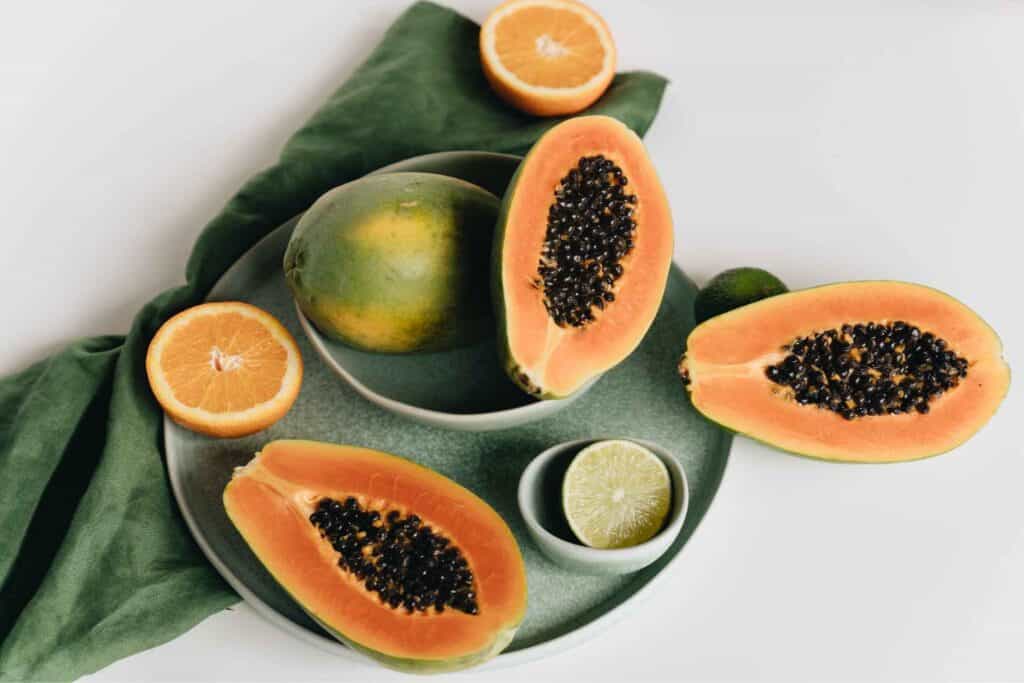
Papaya is an orange-shaped fruit with green flesh and a peppery flavor. It is typically eaten raw but can be cooked if desired. There are several ways to use it, but one way that is common is putting it in a salad dressing mix.
They are also elongated in shape. One cup of diced papaya is eight ounces and contains about two hundred calories.
Nutrition of papaya

When looking at the nutrition of papaya, one fruit averages seventy-five calories. Most types of papayas are orange or red in color, although there are some varieties that are golden or yellow.
Carbohydrates make up seventy percent of its nutrition. Six percent of the total weight is protein, and it is lacking in fat. The greatest percentage of nutrients comes from vitamins and minerals.
The following vitamins are found in papaya:
- Vitamin C: Papaya is a rich source of vitamin C, an antioxidant that helps protect the body from damage caused by free radicals.
- Vitamin A: Papaya is also rich in vitamin A, a nutrient that is essential for eye health and immune function.
- Fiber: Papaya is a good source of dietary fiber, a nutrient that promotes digestive health and can help lower blood sugar levels.
- Potassium: Papaya is a good source of potassium, a mineral that plays a role in regulating blood pressure and heart health.
- Antioxidants: Papaya is rich in antioxidants, such as carotenoids and flavonoids, that can help protect the body from oxidative stress and inflammation.
Minerals found in papaya include iron, zinc, calcium, and magnesium.
How do I eat papaya?

When choosing and eating papaya, first look for a papaya that is not overly ripe. A papaya that is golden in color and very soft to the touch is ripe.
You can test if it is ripe by smelling it. A sweet fragrance indicates that it is ripe. If not, wait a few days until it smells sweet.
You want to eat the papaya before it becomes too soft. Once this happens, you will need to discard it as you cannot use the inner part anymore.
To eat papaya, first, peel off the skin using a knife or fork to assist you in scraping off the tough outer layer. Then, slice up the fruit into pieces and enjoy! You can either eat the seeds or discard them depending on your preference.
Optional: For an extra healthy treat, mix some yogurt with chopped-up pieces of papaya. You can also use honey to enhance the taste.
Does it help control blood sugar?

Although many people claim that eating papaya helps control blood sugar, there is not enough evidence to support this statement. There have been several studies conducted to see if papaya has an effect on blood sugar, but they have only shown us that it may help in some cases.
Researchers conducted a study where they tested the effects of papaya in people with type 2 diabetes. The study found that eating 1 cup of cooked papaya twice a day for two weeks did not improve blood glucose levels.
However, when participants repeated the trial two weeks later, some experienced lower blood glucose levels. The same number of people with diabetes experienced a lowering of their blood glucose levels as those who did not eat papaya.
Therefore, it is unclear whether the fruit actually has any effect on blood glucose levels. More research needs to be done to determine whether or not eating papaya helps control blood sugar.
What are the benefits for diabetics?
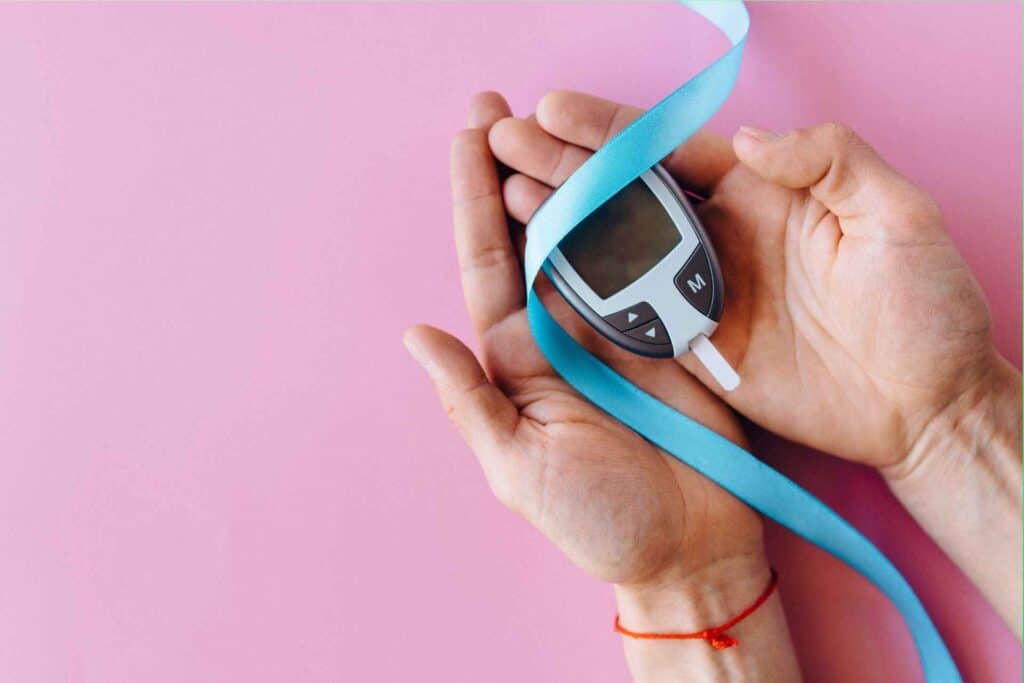
For people with diabetes, eating a diet that’s rich in fiber and low in carbohydrates can help manage blood sugar. Many studies have shown that including papaya in your diet can improve glycemic control.
Carbohydrates are broken down into glucose, which is carried into the blood to be used as energy. Diabetes occurs when the body cannot efficiently use glucose for energy, so it stores it instead.
Following are some of the benefits of papaya for diabetics.
1. May Help Lower Blood Sugar Levels
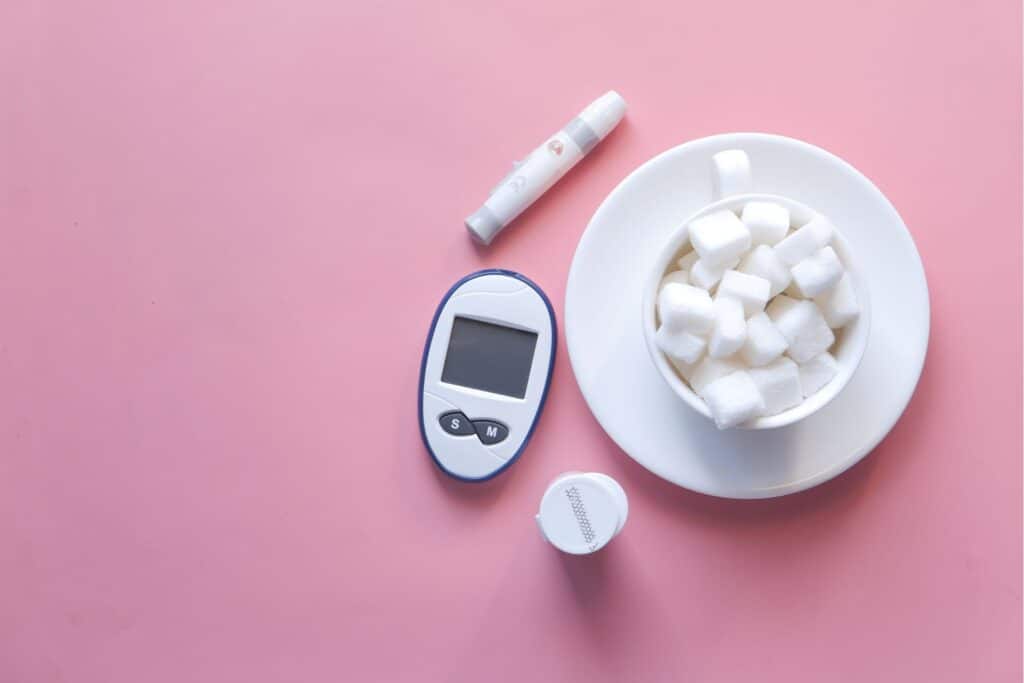
One of the biggest concerns for people with diabetes is keeping their blood sugar levels in check. High blood sugar levels can lead to a variety of complications, including nerve damage, kidney damage, and heart disease.
Several studies have suggested that papaya may have blood sugar-lowering properties. For example, a study published in the Journal of Medicinal Food found that eating papaya every day for four weeks led to a significant decrease in fasting blood sugar levels in people with type 2 diabetes.
Another study published in the Journal of Ethnopharmacology found that papaya leaf extract helped reduce blood sugar levels in rats with diabetes. While more research is needed to confirm these findings in humans, these studies suggest that papaya may be a beneficial food for people with diabetes.
2. May Improve Insulin Sensitivity

Insulin sensitivity is a measure of how well the body can use insulin to regulate blood sugar levels.
People with insulin resistance have decreased insulin sensitivity, which can lead to high blood sugar levels and eventually to type 2 diabetes.
A study published in the Journal of Medicinal Food found that eating papaya every day for four weeks led to improved insulin sensitivity in people with type 2 diabetes. The researchers suggested that the high fiber content in papaya may be responsible for this effect.
3. May Help Lower Cholesterol Levels

High cholesterol levels are a common concern for people with diabetes, as they are at a higher risk of developing heart disease. Several studies have suggested that papaya may help lower cholesterol levels.
A study published in the Journal of Food Science and Technology found that eating papaya every day for four weeks led to a significant decrease in LDL cholesterol levels in people with high cholesterol. Another study published in the Journal of Medicinal Food found that papaya seed extract helped lower cholesterol levels in rats with diabetes.
While more research is needed to confirm these findings in humans, these studies suggest that papaya may be a heart-healthy food for people with diabetes.
4. May Reduce Inflammation

Inflammation is a natural response of the immune system to injury or infection. However, chronic inflammation can contribute to the development of several health conditions, including diabetes.
Several studies have suggested that papaya may have anti-inflammatory properties. For example, a study published in the Journal of Medicinal Food found that papaya leaf extract helped reduce inflammation in rats with diabetes.
Another study published in the Journal of Nutritional Science and Vitaminology found that eating papaya every day for three weeks led to a significant decrease in markers of inflammation in healthy adults.
While more research is needed to confirm these findings in people with diabetes, these studies suggest that papaya may have anti-inflammatory effects that could be beneficial for people with diabetes.
These are some of the benefits of papaya for diabetics. Now move to the next question.
Are there any risks?

Papaya contains an enzyme called papain, which helps break down protein molecules in the stomach. When you eat meat or other high-protein foods, papain works together with digestive enzymes like trypsin to break them down even further.
However, people with diabetes are often advised to avoid high-protein foods due to their effects on glucose levels. Unfortunately, this can also lower the benefits of eating papaya for diabetes.
So those with diabetes should be careful because papaya can increase blood glucose levels. This is because of the protein called papain which breaks down protein.
Diabetics often already have high blood glucose so eating foods that increase this, even more, can be a problem. Those with diabetes also need to monitor their insulin or medication doses due to too high blood glucose levels.
Those who are overweight or obese also need to watch their weight as obesity is a risk factor for Type 2 diabetes. Papaya may not affect weight, however, it may reduce appetite which could help prevent weight gain.
As with any food, if you find that it increases your blood glucose levels, then you should limit or avoid it.
So if it is risky then how should I incorporate it into a Diabetes-Friendly Diet?
Here are some tips.
- When eating papaya, you can choose to eat it raw or cooked. If choosing to eat it raw, be aware of the seeds as they may be sharp. To eat it cooked, melt down the flesh in a pan with some butter or coconut oil and heat through.
- Choose ripe papayas that are slightly soft to the touch and have a sweet aroma.
- Cut the papaya in half and scoop out the seeds with a spoon.
- Cut the papaya into small cubes and add it to salads, smoothies, or yogurt bowls.
- Use papaya as a topping for oatmeal or whole-grain toast.
- Enjoy papaya as a sweet and refreshing snack on its own.
If you are having trouble with blood glucose levels, try eating papaya at least twice a week for nutritional benefits and possible reduction in symptoms.
If a diabetic has to go for fruit other than papaya, what is the same kind of fruit?
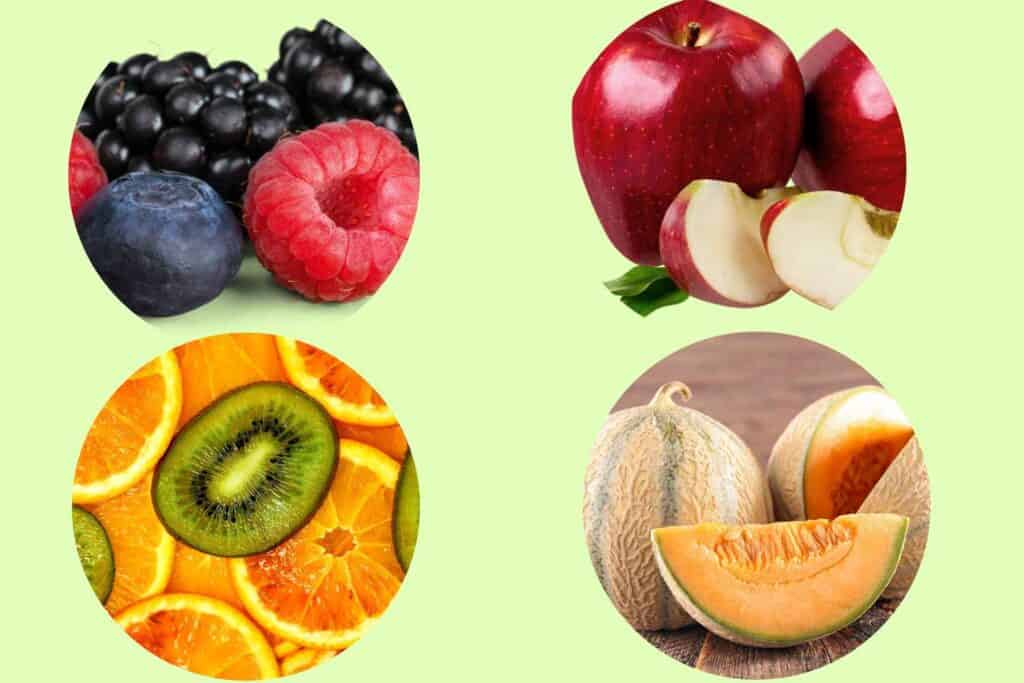
If a diabetic is looking for a fruit similar to papaya, there are several options that are also low in sugar and rich in fiber and nutrients. Here are a few examples:
1. Berries:

Berries such as strawberries, raspberries, blueberries, and blackberries are low in sugar and high in fiber, vitamins, and antioxidants. They are also lower in calories than many other fruits, making them a good choice for people with diabetes.
2. Apples:
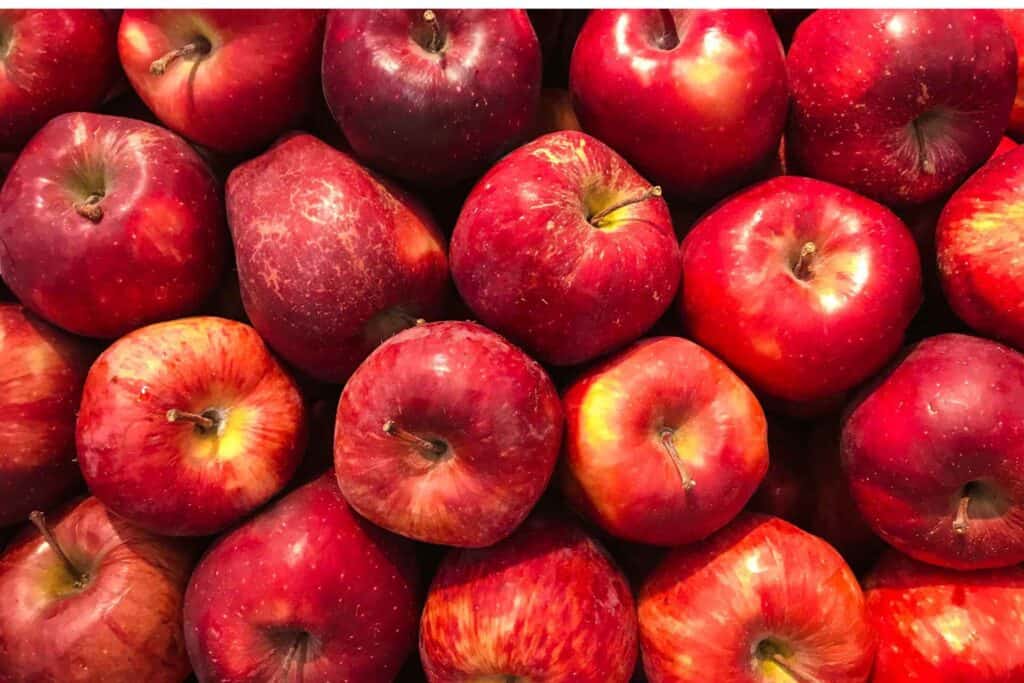
Apples are a good source of fiber and antioxidants and have a low glycemic index. They are also versatile and can be eaten raw, baked, or cooked in various dishes.
3. Kiwi:
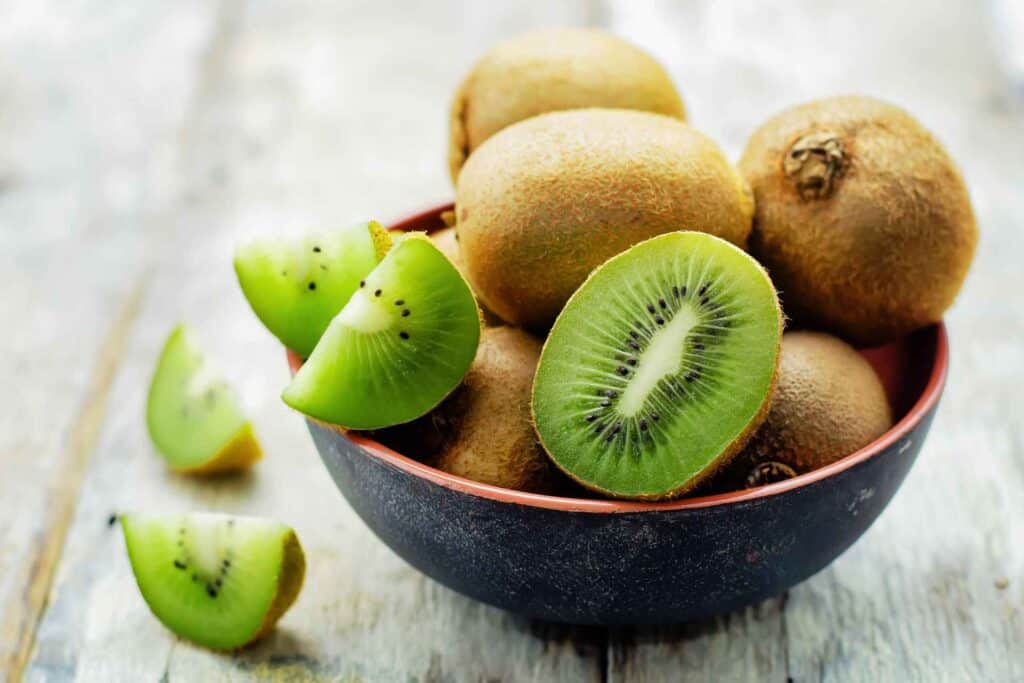
Kiwi is a good source of vitamin C, fiber, and potassium. It also has a low glycemic index and may have anti-diabetic properties.
4. Oranges:

Oranges are a good source of vitamin C and fiber and have a low glycemic index. However, they are also relatively high in sugar, so it’s important to eat them in moderation and be mindful of portion sizes.
5. Melons:
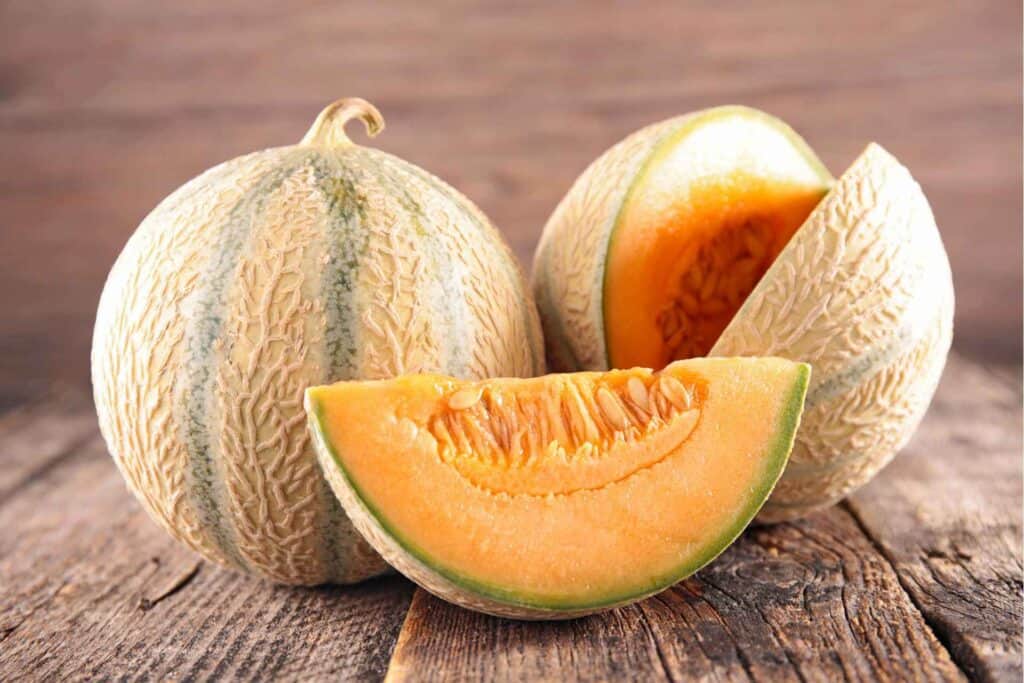
Melons such as cantaloupe, honeydew, and watermelon are low in sugar and high in water content, making them a good choice for people with diabetes. They are also a good source of vitamins A and C, as well as potassium and fiber.
It’s important to note that every person with diabetes is different and may have individualized needs when it comes to their diet. It’s always best to consult with a healthcare professional or a registered dietitian to determine the best fruit options for your specific needs and health goals.
Storage tips for papaya

When you purchase papaya, you can choose to eat it right away, but it is better to store it for a few days or even weeks. How? By freezing it!
To freeze papaya, cut it into slices and then freeze them in a freezer bag. You can also cut it up and mix it with other fruits to make a fruit salad. Just make sure it is fully frozen before storing it.
When you want to eat some, just take some out and let it sit at room temperature until solid. Then you can eat it! It will be soft, but that does not mean it is bad.
The same goes for when you wish to use it in recipes-it can be soft, so try to use firm ones.
Conclusion/Summary:
In conclusion, papaya can be a nutritious addition to the diet of people with diabetes. It is a low-sugar fruit that is high in fiber, vitamins, and minerals, and may help to improve blood sugar control, insulin sensitivity, and reduce inflammation. However, it’s important to consume papaya in moderation and be mindful of portion sizes to avoid spikes in blood sugar levels.
It’s also important to be aware that papaya contains an enzyme called papain, which helps break down protein molecules in the stomach. When you eat meat or other high-protein foods, papain works together with digestive enzymes like trypsin to break them down even further.
So those with diabetes should be careful because papaya can increase blood glucose levels. So, try eating papaya at least twice a week for nutritional benefits is advised or used it in salad as discussed earlier.
If a person with diabetes is looking for alternative fruit options, low-sugar, high-fiber options such as berries, apples, kiwis, oranges, and melons can be good choices. Ultimately, a balanced diet that includes a variety of fruits and vegetables, lean proteins, whole grains, and healthy fats is essential for people with diabetes to manage their blood sugar levels and promote overall health. As always, it’s essential to consult with a healthcare professional or a registered dietitian to determine the best dietary plan for individual needs and health goals.





